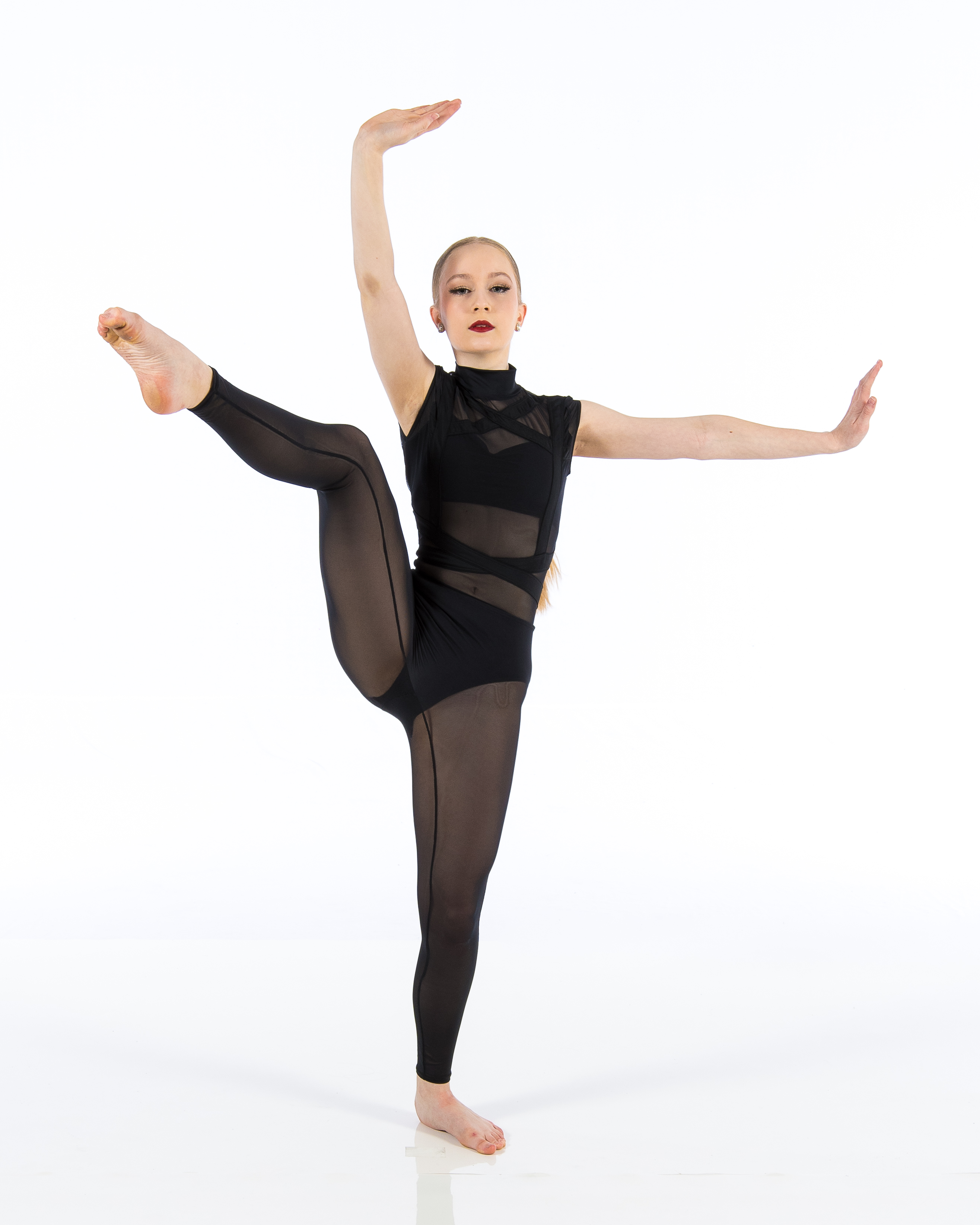Introduction
Ballet, an art form that marries music and movement, has a rich history that transcends centuries and cultures. Its evolution from classical roots to contemporary styles reflects not only the changing aesthetics of dance but also societal shifts, cultural interactions, and technological advancements. In exploring “The Evolution of Ballet: From Classical Roots to Contemporary Styles,” we uncover how this elegant dance form has morphed over time, leading us to diverse interpretations and practices today. With ballet dance studios popping up in every corner of the globe and ballet dance academies training the next generation of dancers, it’s clear that this art form continues to thrive.
The Evolution of Ballet: From Classical Roots to Contemporary Styles
Ballet’s inception can be traced back to the Renaissance courts of Italy in the 15th century. It initially served as a social dance among nobility, evolving into a theatrical performance by the 17th century. During this period, the first ballet schools emerged, laying the groundwork for what would become an influential global tradition.
The Birth of Classical Ballet
Classical ballet is characterized by its strict techniques, elaborate costumes, and storytelling through movement. It emphasizes grace, precision, and expressiveness—qualities that are still cherished in today’s performances.
Key Characteristics of Classical Ballet
- Technique: The five basic positions of the feet are foundational. Lines: Dancers strive for long lines and aesthetic shapes. Formality: Costumes often include tutus and pointe shoes.
Renaissance Influences on Early Ballet
In the 15th century Renaissance Italy, courtly dances began incorporating more structured movements which paved the way for what we now recognize as ballet.
Notable Figures in Early Ballet
- Catherine de' Medici: Brought Italian court dance to France. Ballet Comique de la Reine (1581): The first fully formed ballet performance.
French Baroque Ballet
By the late 17th century, ballet found a solid footing in France with King Louis XIV at its helm. He founded the Royal Academy of Dance in 1661, which established formal training methods.
Impact on Dance Technique
- Standardization of movements. Creation of terminology still used today (e.g., plié, tendu).
The Rise of Romanticism in Ballet
The early 19th century saw a shift towards expressing emotion through dance. Romantic ballets emphasized themes like nature and fantasy.
Key Features of Romantic Ballet
- Ethereal costumes (think flowing fabrics). Use of pointe work to create an illusion of weightlessness.
Famous Works from the Romantic Era
- Giselle: A tale that combines love and tragedy. La Sylphide: Highlights supernatural elements.
Classical vs. Romantic: A Comparison
| Aspect | Classical Ballet | Romantic Ballet | |--------------------|---------------------------------------|-----------------------------------------| | Style | Structured and formal | Fluid and emotive | | Themes | Mythological or historical | Nature and fantasy | | Costuming | Tutus and rigid silhouettes | Soft fabrics with flowing lines |
The Birth of Modern Ballet
As society progressed into the 20th century, so did ballet. Modern ballet distanced itself from strict classical techniques while borrowing elements from other dance forms such as jazz and contemporary dance.

Innovators in Modern Ballet
- George Balanchine: Introduced a new aesthetic with faster tempos. Martha Graham: Pioneered modern dance alongside ballet influences.
Contemporary Styles Emerge
With modernity came innovation! Contemporary ballet embraces various influences while still incorporating traditional techniques. It's less about telling a pre-defined story; instead, it often focuses on abstract themes or personal expression.
Defining Characteristics of Contemporary Ballet
- Fusion with other genres (hip-hop, jazz). Increased emphasis on individual expression over narrative.
Influence of Technology on Dance Practices
In today’s digital age, technology plays a crucial role in both education and performance within ballet:
Online classes facilitate accessibility for aspiring dancers. Video recordings allow for personalized feedback during training sessions at ballet dance studios or academies. Virtual reality is being explored as a medium for immersive performances!Globalization's Impact on Ballet Evolution
Ballet is no longer confined to Europe; it has spread worldwide! Different cultures have infused their unique styles into traditional practices:
Examples Around The World
- Russian Ballet: Known for its grand choreography. Asian Influences: Incorporating traditional movements into performances.
FAQs about The Evolution of Ballet
1. What is classical ballet?
Classical ballet refers to the traditional form characterized by its formal technique, structured performances, and storytelling through movement.
2. How has contemporary ballet evolved?
Contemporary ballet blends classical techniques with modern influences while emphasizing individual expression rather than strict narratives.
3. What role do ballet dance studios play in training?
Ballet dance studios provide essential training space where dancers learn technique from experienced instructors while also offering opportunities for community engagement through performances.
4. Who are some key figures in modern ballet?
Notable figures include George Balanchine who revolutionized choreography with speed and abstraction alongside Martha Graham who pioneered modern dance techniques integrating them into ballets.
5. Why is technology significant in today's ballet?
Technology enhances learning experiences through online resources while also providing innovative platforms professional dance studio for performance exploration via digital media like VR!
6. What distinguishes romantic ballets from classical ones?
Romantic ballets focus more on emotional expression through fluid movements whereas classical ballets emphasize structured technique with clear lines formed by rigid postures.
Conclusion
Throughout history, “The Evolution of Ballet: From Classical Roots to Contemporary Styles” showcases an incredible journey marked by innovation and adaptation across centuries! Whether you’re stepping into a local ballet dance studio or attending a grand performance at an esteemed theater—each twist and turn tells a story worth celebrating!
As we look ahead toward future generations’ interpretations within this vibrant art form—one thing’s certain: even amidst change—the heart remains steadfastly dedicated toward beauty expressed through movement! So whether you're donning those pointe shoes yourself or simply appreciating from afar—ballet will continue captivating souls everywhere because after all…who doesn’t love dancing like nobody's watching?
This article serves as an extensive exploration into "The Evolution of Ballet," showcasing its rich history while engaging readers with insightful content across various headings!